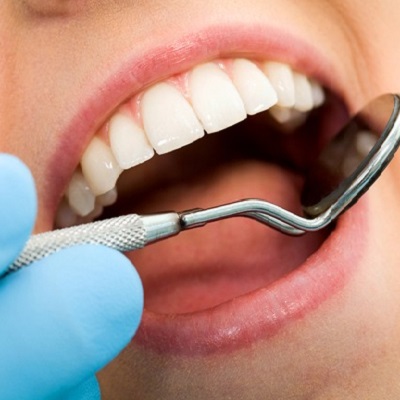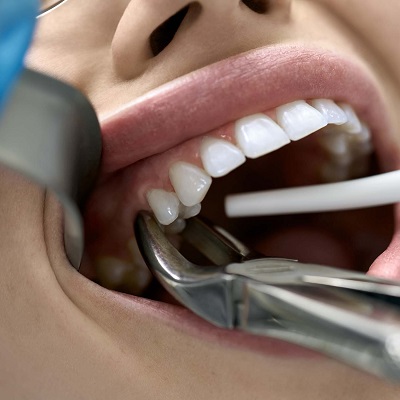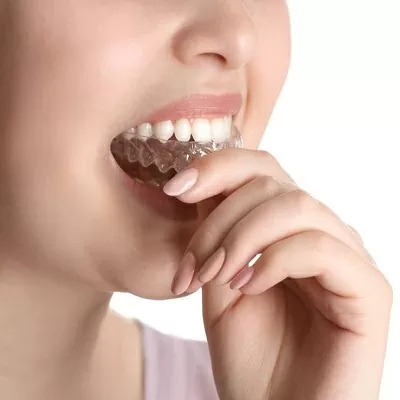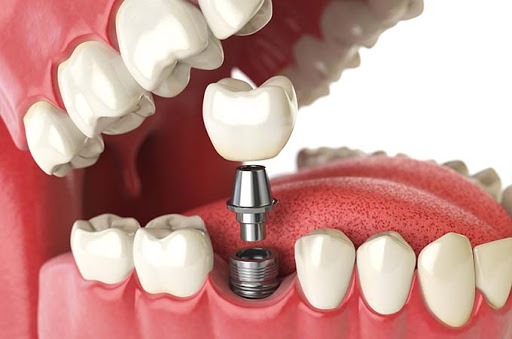The Rise of Clear Aligners: Are They Right for You?

Strong 8k brings an ultra-HD IPTV experience to your living room and your pocket.
Clear aligners have revolutionized modern orthodontics, offering a discreet and convenient alternative to traditional braces. As more people seek solutions for straightening their teeth without the aesthetic and practical drawbacks of metal brackets, clear aligners have become a popular choice among Orthodontists and patients alike. But are clear aligners the right option for you? Let’s explore everything you need to know about these innovative dental devices.
What Are Clear Aligners?
Clear aligners are custom-made, removable trays designed to gradually shift teeth into their desired positions. These trays are made from transparent, medical-grade plastic, making them nearly invisible when worn. Orthodontists often recommend clear aligners to correct a range of dental issues, including:
Crooked or misaligned teeth:
Overbites, underbites, and crossbites
Gaps between teeth
Crowded teeth:
The popularity of clear aligners has surged in recent years due to their aesthetic appeal and flexibility compared to traditional braces.
How Do Clear Aligners Work?
Clear aligners work through a series of trays, each slightly adjusted to guide your teeth into better alignment. Here’s an overview of how the process works:
Consultation and Assessment: Your orthodontist will evaluate your dental condition and determine if clear aligners are suitable for you. Digital scans or impressions of your teeth are taken to create a personalized treatment plan.
Custom Fabrication: A series of aligners are created based on your treatment plan. Each aligner is designed to move your teeth incrementally.
Wearing the Aligners: You’ll wear each aligner for about 1-2 weeks, depending on your orthodontist’s recommendation. The aligners should be worn for 20-22 hours daily.
Regular Checkups: Your orthodontist will monitor your progress and provide new aligners as needed.
The average treatment duration for clear aligners ranges from 6 to 18 months, depending on the complexity of the case.
Advantages of Clear Aligners:
Clear aligners offer numerous benefits that make them an attractive choice for orthodontic treatment:
Aesthetic Appeal: The transparency of clear aligners ensures they are virtually invisible, allowing you to maintain confidence in your smile during treatment.
Removable Convenience: Unlike braces, aligners can be removed for eating, drinking, and oral hygiene, making it easier to maintain good dental health.
Comfortable Fit: Clear aligners are made from smooth plastic, reducing the risk of irritation and discomfort often associated with metal braces.
Fewer Orthodontic Visits: With clear aligners, you typically require fewer in-office visits compared to traditional braces.
Limitations of Clear Aligners:
While clear aligners have many benefits, they may not be suitable for everyone. Here are some potential drawbacks to consider:
Compliance Is Key: Since aligners are removable, success depends on wearing them as directed. Inconsistent use can delay or compromise results.
Not Ideal for Complex Cases: Severe orthodontic issues may require traditional braces or other interventions.
Cost Considerations: Clear aligners can be more expensive than braces, depending on the provider and treatment plan.
Adjusting to Lifestyle: Some patients find it inconvenient to remove aligners frequently or to maintain proper hygiene.
Are Clear Aligners Right for You?
Choosing clear aligners depends on various factors, including your orthodontic needs, lifestyle, and personal preferences. Here are some questions to help you decide:
What Are Your Dental Issues?
Minor to moderate alignment problems are typically well-suited for clear aligners. Complex cases might require alternative treatments.
Can You Commit to Wearing Them?
Aligners require consistent use to achieve desired results. If you’re prone to forgetting or prefer a non-removable option, braces might be a better choice.
What Is Your Budget?
Discuss costs and payment options with your orthodontist to ensure clear aligners fit your financial plan.
Tips for Success with Clear Aligners:
To get the most out of your clear aligner treatment, follow these essential tips:
Wear your aligners for the recommended 20-22 hours daily.
Remove them only for eating, drinking (anything other than water), and brushing.
Clean your aligners regularly to prevent stains and bacteria buildup.
Attend all scheduled checkups with your orthodontist to monitor progress.
Common Misconceptions About Clear Aligners:
Many myths surround clear aligners, which can make patients hesitant to try them. Here are some misconceptions and the truth behind them:
Myth: Clear Aligners Are Only for Adults: Clear aligners are suitable for both adults and teens, provided their teeth and jaws are fully developed.
Myth: They Are Pain-Free: While aligners are more comfortable than braces, mild discomfort is normal as teeth shift.
Myth: Results Are Instant: Like any orthodontic treatment, clear aligners take time to deliver noticeable results. Patience is key.
Choosing the Right Orthodontist for Clear Aligners:
Selecting an experienced orthodontist is crucial for successful treatment. Here’s what to consider:
Look for orthodontists with specialized training and experience in clear aligner therapy.
Read reviews and testimonials to gauge patient satisfaction.
Schedule a consultation to discuss your goals and ask questions about the process.
Clear Aligners vs. Traditional Braces:
Still unsure whether clear aligners are right for you? Comparing them to traditional braces can help you make an informed decision:
Appearance: Clear aligners are less noticeable, making them ideal for those concerned about aesthetics.
Treatment Flexibility: Aligners can be removed, offering more freedom during meals and oral care. Braces, however, remain fixed.
Complexity: Braces are more effective for severe misalignments or intricate cases.
Maintenance: Clear aligners require diligent cleaning and care, while braces necessitate careful brushing around brackets and wires.
The Cost of Clear Aligners:
The price of clear aligners varies depending on factors such as the severity of your dental issues, the brand of aligners, and your orthodontist’s fees. Many orthodontists offer payment plans or financing options to make treatment more affordable. Additionally, some dental insurance plans may cover a portion of the cost.
Maintaining Your Results After Treatment:
Once your clear aligner treatment is complete, wearing a retainer is essential to preserve your results. Orthodontists typically recommend retainers to prevent teeth from shifting back to their original positions. Follow these guidelines to maintain your newly aligned smile:
Wear your retainer as instructed by your orthodontist.
Keep up with routine dental checkups to monitor your oral health.
Practice good oral hygiene to keep your teeth and gums healthy.
Conclusion:
Clear aligners have transformed orthodontic care, offering a discreet and effective solution for many patients. Whether you’re considering them for aesthetic reasons or to address alignment issues, clear aligners can be a game-changer. Consult with an experienced orthodontist to determine if clear aligners are the right choice for you and embark on the journey toward a straighter, more confident smile.
Note: IndiBlogHub features both user-submitted and editorial content. We do not verify third-party contributions. Read our Disclaimer and Privacy Policyfor details.







